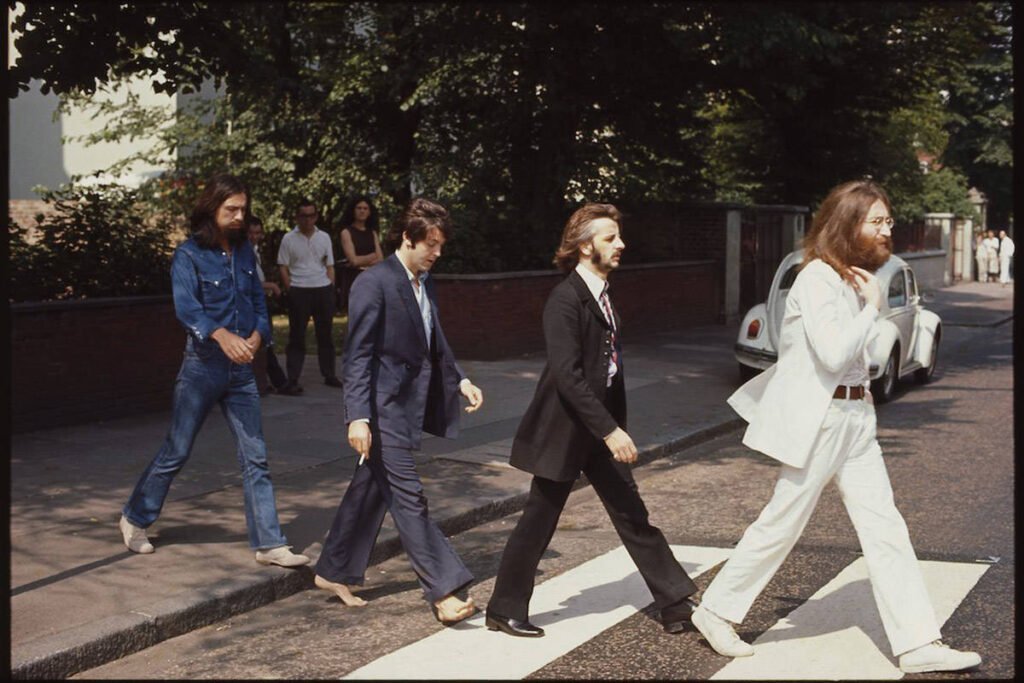Throughout human history, language has been a potent force, shaping our thoughts, actions, and identities.
In the contemporary era, language has intertwined with pop culture, creating a dynamic relationship that influences global society.
This article delves deeper into this relationship, exploring the nuances of how language and pop culture shape and reflect each other.
What is Pop Culture?
Pop culture, or popular culture, represents the practices, beliefs, and objects that dominate a society at a particular time.
It’s a vast umbrella, covering music, fashion, movies, slang, memes, and even viral videos.
More than just entertainment, pop culture mirrors society’s values and, in turn, influences them. It’s a cyclical relationship where society moulds pop culture, which then moulds society.
The Power of Language in Pop Culture
Language is the conduit through which we engage with pop culture. It’s in the lyrics of a chart-topping song, the dialogue of a blockbuster movie, or the caption of a viral meme.
But language is more than just a medium; it’s a powerful tool that shapes and reflects cultural norms and values.
Consider the influence of regional slang. The slang words from Atlanta, for instance, have deeply influenced hip-hop culture.
Terms like Lit and No cap have transitioned from regional vernacular to global slang, thanks to their popularisation through music, movies, and television.
Such examples underscore the profound impact of language in pop culture.
Pop Culture’s Influence on Language
Pop culture is not a passive consumer of language; it actively shapes it.
New words and phrases emerge and gain popularity through various media forms.
The term Bando, referring to an abandoned house, gained traction due to Atlanta rapper Future. Similarly, “Dat Way” became a trendy phrase, thanks to the Atlanta-based rap group Migos.
This linguistic evolution isn’t confined to English or the U.S. Globally, pop culture phenomena introduce new words and phrases, enriching languages and promoting cross-cultural understanding.
For instance, the Korean Wave, or Hallyu, has introduced terms like “K-pop” and “K-drama” to the global lexicon.
The Visual and Auditory Elements of Pop Culture
Pop culture isn’t just textual; it’s visual and auditory. The rise of platforms like YouTube, TikTok, and Instagram has made visual and auditory content central to pop culture.
For a comprehensive understanding, consider exploring videos like The Evolution of Dance or images that capture iconic pop culture moments, such as the Beatles crossing Abbey Road.

Conclusion
Language and pop culture are inextricably linked, each influencing the other in a dynamic dance. As society evolves, so do its language and cultural expressions.
By delving into this relationship, we gain insights into our global cultural mosaic and the linguistic threads that weave it together.
You might also like:


